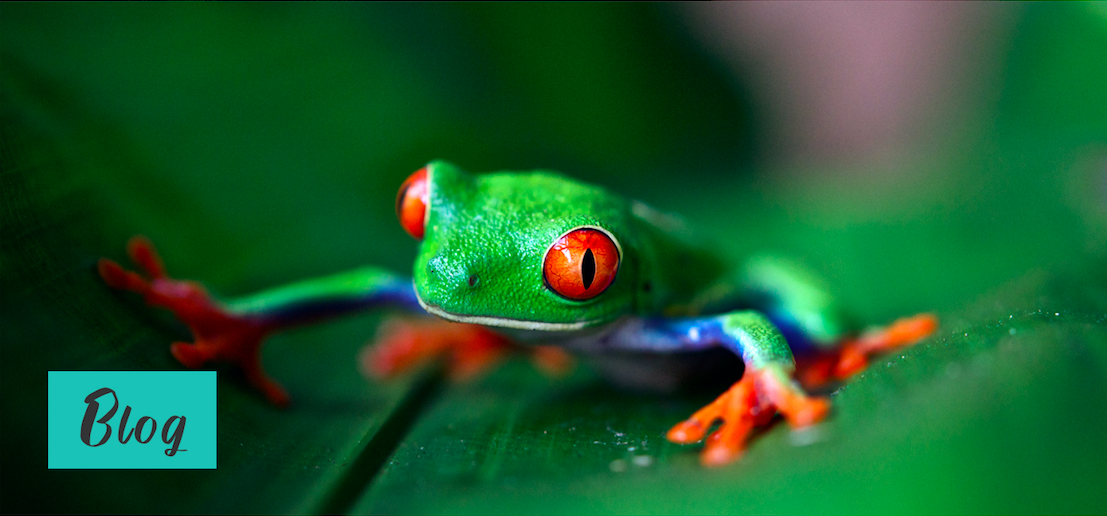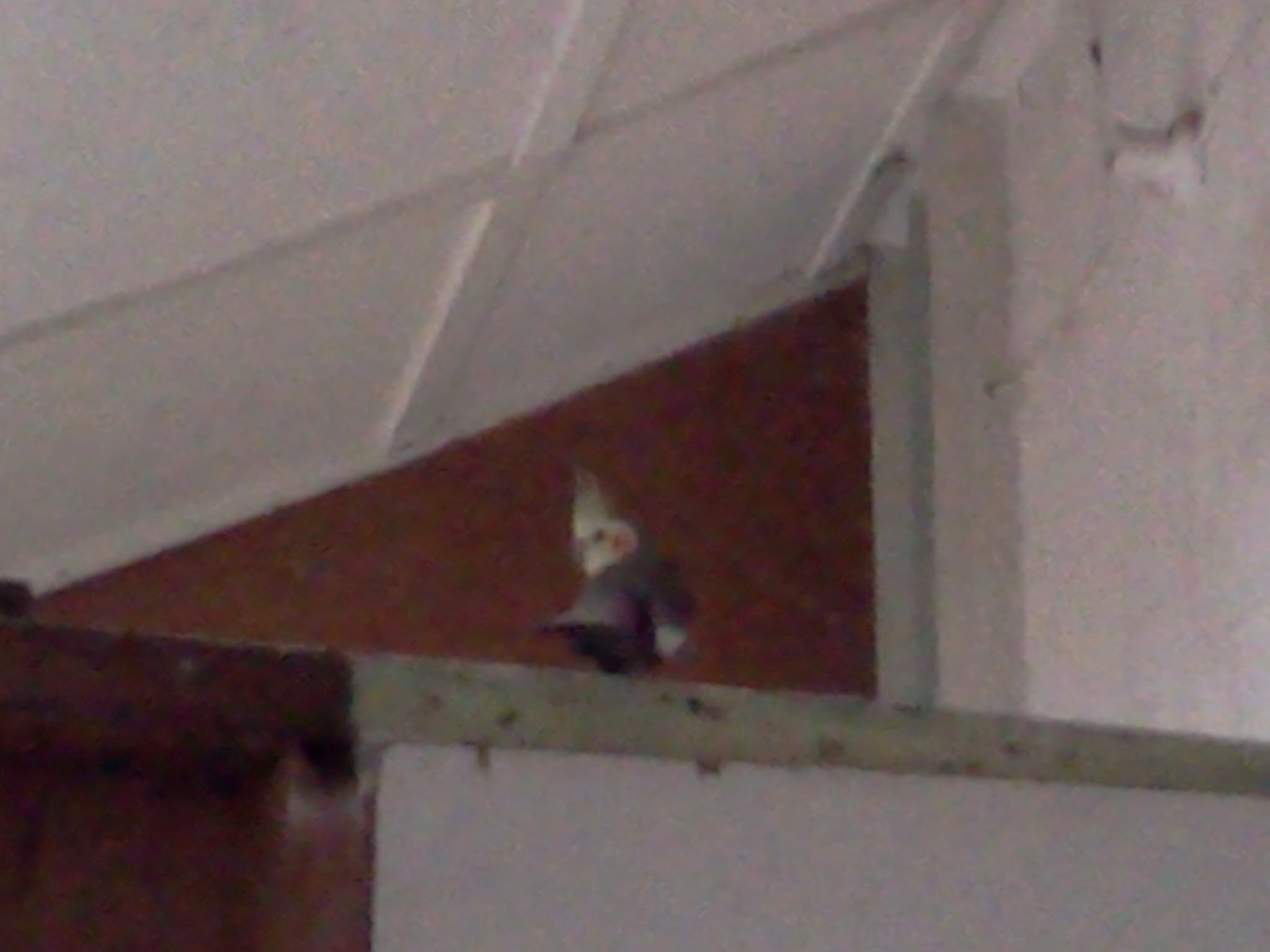Wildlife Research Volunteer Project: Seabird Plastics in Australia
Seabird Plastics in Australia
What it was like: Wildlife Research Volunteer Project
Hi there! This article is intended to teach those interested in or considering wildlife volunteering. This is just the experience of one person, one time, but hopefully can provide some insight into what it’s like. For more info, and broader perspective, check out my other posts on wildlife research volunteering.
I found this project through a grad student friend. You can find projects like this by reaching out to grad students in labs of interest, found through various university websites. Introduce yourself, your ambition, and offer your aid to them or anyone they may know working on something.
We arranged for me to come and assist in her endeavors for a few months. I hope you find it insightful!
I have written a manuscript of the full adventure, completed and ready for publication. You can read some of it Here.
On to playing with seabirds… sadly these are dead.
Science project: Plastic in Seabirds
Location: Queensland, Australia
Animal: Over 50+ Kinds of Seabirds
Date Study Occurred: Summer (Well, Southern-Hemisphere Winter) 2013
What Project was about (context):
The plastic problem in our ocean! Dissecting the stomachs of dead seabirds (no killing, only found samples) to see if they had swallowed plastic. While it may not sound as exciting or sexy as other field work, there is much more to this than dissecting dead things in labs. We also had frequent quests for samples, from zoos and wildlife centers, and sometimes roaming beaches ourselves for dead creatures; driving all around the West Coast of Australia.
I am including this list so you can get an idea how diverse this category of animals are, since we often only think Seagull off the top of our heads):
1. Migratory (Prion, Arctic frigate)
2. Fishing offshore (Kites, albatross, pelican, Cormorant, Egret, heron, darter, gannet)
3. Beach scavenger (Oystercatchers, Ibus, turns, gulls, sandpipers)
4. Lake birds (Coot, Wood duck, Snipe, moor hens, curlew, Lapwing, Spoonbill)
What is was like working on it:
Great time with friends! Our days were filled with wild adventures. We also drove and collected birds from wildlife centers and zoos,
The lab was fun, often 3 hours a night, evenings: it involved bad smells though. The birds would be left in rows to defrost, after we removed them from the morgue or brought them over from the house.
One thing was, we lived sort of close to the university lab… but not by car. The nearby bridge only allowed us to walk, bike, or bus. So we ended up lugging large bags of frozen birds in bags over the bridge. About a 30 minute walk, we always performed this task at night, when few people were around.
The actual dissection took place with defrosted individuals. I would measure beak and wing length, body weight, etc for the data sheet. Then, the dissection: carefully removing relevant organs in digestive track to check for plastic, and trying not to butcher them. We got a deal with the museum at some point, and used their specimens on location, but had to be ultra-careful there to keep samples in tact.
After hours, on location:
Had my own room, and lots of quirky housemates, in a wondrous old wooden house at the edge of a gully jungle. We had live parrots at home and chickens out back (who often got into the house!). My life was full of wild winged animals, both alive and those frozen for science. We lived close to wildlife at all times— in her jungle house full of parrots, chickens, and wild marsupials dropping by freely. I loved it. Also, the weather was nice, and we had wifi! This I say, in comparison to many field bio- trips which were much more “rugged” and isolated. This was basically luxury comparatively, living in a house in Brisbane not far from the university!
Overall Rating / Lessons learned:
It was the best biology research project I did, probably due to the lifestyle and right balance of workload / schedule per week. Not as much jungle as some projects I’ve done, but the lack of rugged hiking for hours on other people’s plans was nice. Also, working with a friend, with respect and the ability to add my input made a huge difference.
It took some time getting used to the bird dissections, but I learned to get used to it, and it wasn’t so bad, almost fun, feeling like I worked in a CSI morgue.
Pictures from trip: The house, research, pets, places of work.
















